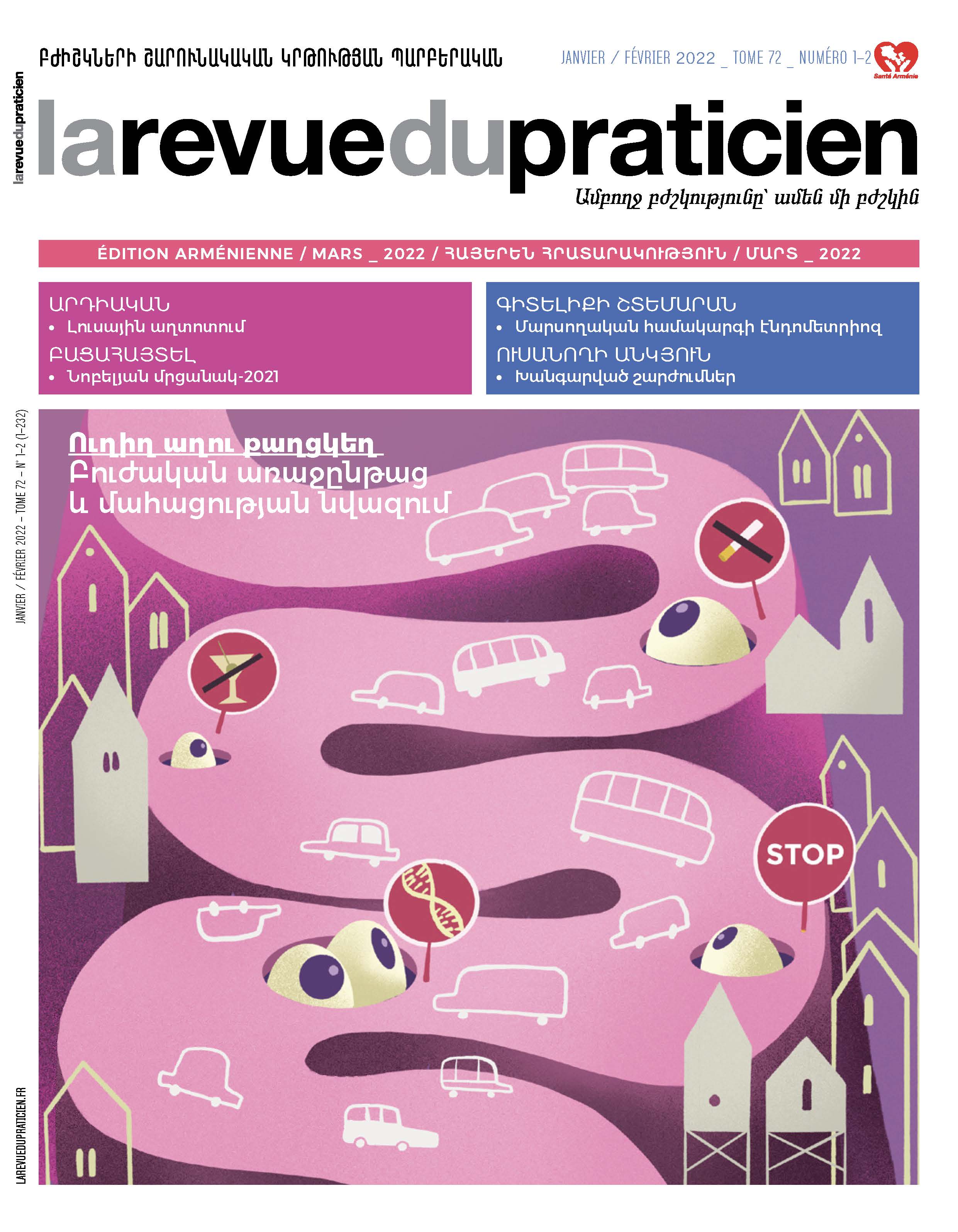Rectal cancers resected for cure: monitoring, secondary prevention and late complications 44
Côme Lepage.Abstract
Colorectal cancer incidence has increased by more than 50 % over the past 30 years. Over the same period, the number of deaths has remained stable, reflecting major therapeutic advances. The 5-year net survival rate of patients resected for cure for rectal cancer varies from 96 % for stage I to 71 % for stage III. Of these, nearly half will develop metachronous cancer or recurrence within 5 years of surgery. This high risk of recurrence raises the question of postoperative surveillance to detect early recurrence and metachronous cancers at a curable stage. The annual incidence of adenomas is low and the cumulative risk of endoluminal recurrence or metachronous cancer is very low. Therefore, intensive endoscopic surveillance is not useful. Postoperative surveillance of distant recurrence is poorly codified. However, despite their limitations, recent trials and meta-analyses suggest that survival is increased with clinical monitoring combined with liver and lung imaging. CEA is no longer useful in monitoring after curative resection. The challenge in the future will be to establish predictive scores, in order to adjust surveillance according to the molecular characteristics of the resected tumor. Finally, the detection and management of sequelae is an important element of the follow-up after curative resection of rectal cancer, especially in patients who have received neoadjuvant radiotherapy.
